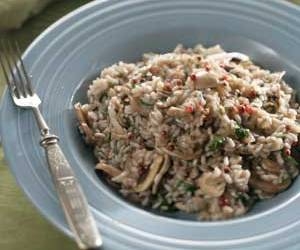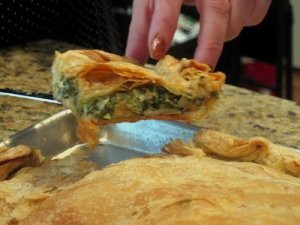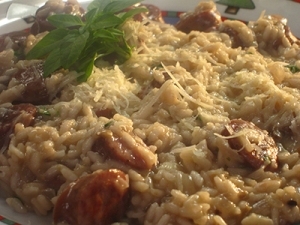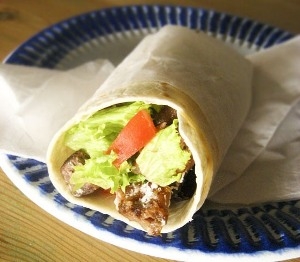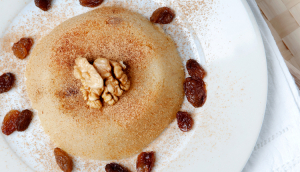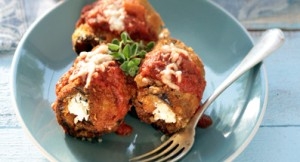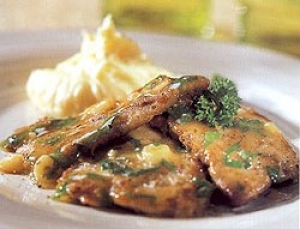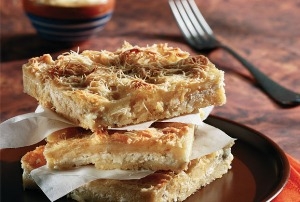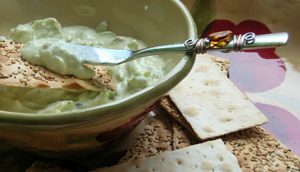Greece, a mountainous country, is a mushroom lover’s paradise. Many mushrooms grow in the wild, but there are also a few companies that have made a thriving business out of cultivating them.
Makes 4 servings
4 tbsp. extra virgin Greek olive oil
1 lb. / 500 g button mushrooms or Oyster mushrooms (plevrotous), trimmed, wiped or rinsed, and sliced thin
2 red onions, finely chopped
2 garlic cloves, finely chopped
1 cup Arborio, Carnaroli, or Greek “glasé” rice
½ cup dry white wine
3 cups vegetable broth
3 sprigs fresh thyme, little leaves only
3 sprigs fresh oregano or marjoram, leaves only, finely chopped
1 tsp. pink peppercorns
Salt and freshly ground black pepper to taste
Heat 1 tbsp. olive oil in a large skillet and sauté the mushrooms until soft but al dente. Remove from heat and set aside.
In a large, deep skillet or wide pot, heat the remaining 3 tbsp. of the olive oil over medium flame and add the onions. Season with a little salt. Cook over low heat for about 15 – 20 minutes, until the onions turn a deep golden color. Add the garlic, stir to soften for a minute, and immediately add the rice. Stir all together, to coat the rice in the oil.
Add 1 cup of the vegetable broth. Stir until absorbed. Add the wine and cook, stirring occasionally, until absorbed. Stir in the mushrooms and all their pan juices. Add as much of the remaining broth, 1 cup at a time, as needed to finish cooking the rice, which should be soft but al dente. Season to taste with salt and pepper and stir in the herbs. Remove and serve, garnished with the pink peppercorns.
Note: You may add cheese to this dish. Several tablespoons of creamy Greek feta, grated kefalograviera or kefalotyri, or parmesan cheese would work beautifully. The feta adds a whole other dimension.
By Diane Kochilas
To read more, please visit dianekochilas.com

